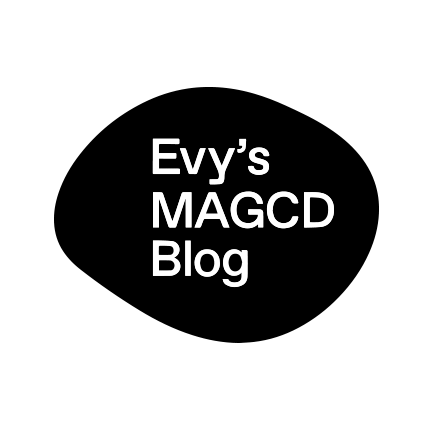How can the recipe book, as a vanishing format, be reimagined as a tool for engaging in a dialogue around memory?
The time to put into action my plans and concepts started to develop this week, as I started to unpack the design elements around my project as well as to determine the structure of my narratives “turned into recipes”. First, I wanted to make a distinction between the professionally produced “cookbook” (a compilation of recipes curated by a shelf or author) and the humbler “recipe book”, the second referring to those publications produced either by individuals or collectives as a way to preserve and share recipes. Is this second once popular printed format which has now almost vanished from the mainstream, and has been replaced for forums, websites and social media posts. And is this particular printed matter I’m looking at more closely through this project.
I started by broadening my research on recipe books both online and at antique book shops as a way to get a better understanding of the visual language and material qualities of these books. Although, the details change depending on period, location and kind of book, there some visual elements I want to borrow for my own project as a way to explore the format in more depth.

Images
A big part of recipe books is imagery. Even before lithography, these kind of books are often decorated and ornamented in different ways to enhance the content. I feel particularly interested in this surreal sort of style that exists somewhere in between reality and illustration. I wanted to experiment with giving images a dreamy, almost hazy texture reminiscent of fading memories.

Following on from my previous explorations of recontextualising images from my own photo library, I decided to experiment visually with the elements in the memories and my own photographs in order to create the narratives. I was originally thinking of using Riso printing to produce the book, but I decided to go for a middle ground by printing digital but keeping the halftone quality of the images as a distinctive feature thought-out the publication. This idea or reusing fragments is extremely thought provoking and conceptually connected to the translation of memory, which is often influenced by time and impressions.
Below are some examples of the initial images I’ve produced following a particular treatment and in relation to a couple of the stories.

Typography and Layout
Mainly based on my research of traditional recipe books, I have started experimenting with using a comprehensive family which will allow me to create the layouts and overall look distinctive of this type of books. Having a strong serif typeface and playing with repetition within layout was very important.

Regarding layout, I have started considering the format I want the book to take, looking at a few different options on how I can use inserts and other visual elements created by the participants during the interviews. The binder is a strong option as it allows the book to be modular and changeable as time goes by, in line with the original idea of the recipe book as a personal hub for storing and annotating important information. A tool for remembering.



First Draft
My first iteration (using just a handful of recipes), has serve as a starting point to reflect on what is working and what’s not. I decided to stick with the concept of Riso printing and using 3 inks throughout as I think that really helps with consistency and giving it a unique look that departs from original recipe books (often printed in back with occasional full-colour images). I envisioned this to be a recipe binder, but have encountered a few issues when taking this approach, so at the minute I’m considering if it’s best to actually create a sown book, sacrificing the mobile qualities of the format.



This week I also started reading Papyrus by Irene Vallejo, and this reference has given me a glimpse into the potential of understanding and studying books as a medium. The book, in its physical form, is inherently connected to the evolution of memory. It acts as a thread to understand humanity across generations, echoing Vallejo’s words: “books are extensions of memory, the only witnesses – imperfect, ambiguous, but irreplaceable – of the times and places living memory cannot reach.”(Vallejo, 2023). This is why I feel a strong affinity for delving into the study and expression of memory through the physical book, as a tangible format, in a way that allows us to reflect on what makes us human in an era of rapid dematerialisation. In a time where communities, jobs, friendships, and social interactions, essentially identities, are predominantly woven and expressed through digital spaces, my work aims not to alter the course of facts but to invite the audience to reflect on the book as a “form-giving” vehicle for memory—a reimagining of the book as a medium for shaping memory.

Tutorial Feedback
- Finishing – The printing works in its current form. No need to go for Riso as that would make the immediacy of producing new recipes harder to achieve.
- Binding – How important it is that is expandable? Should be softer maybe sown to give a more polish finish to it, also so it’s easier to handle. Paper weight might be too thick. Decide if I go for a sturdy of flimsy look.
- Images – Overall successful and interesting in nature. Too many images in each section. I can be more generous with the images (Pacing out the reading), and using them in larger scale rather than quantity.
- Typography – Tune down the level of variation. Work on establishing a strong hierarchy and decide what font plays what role
